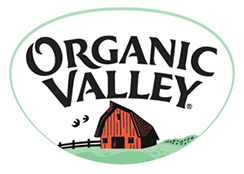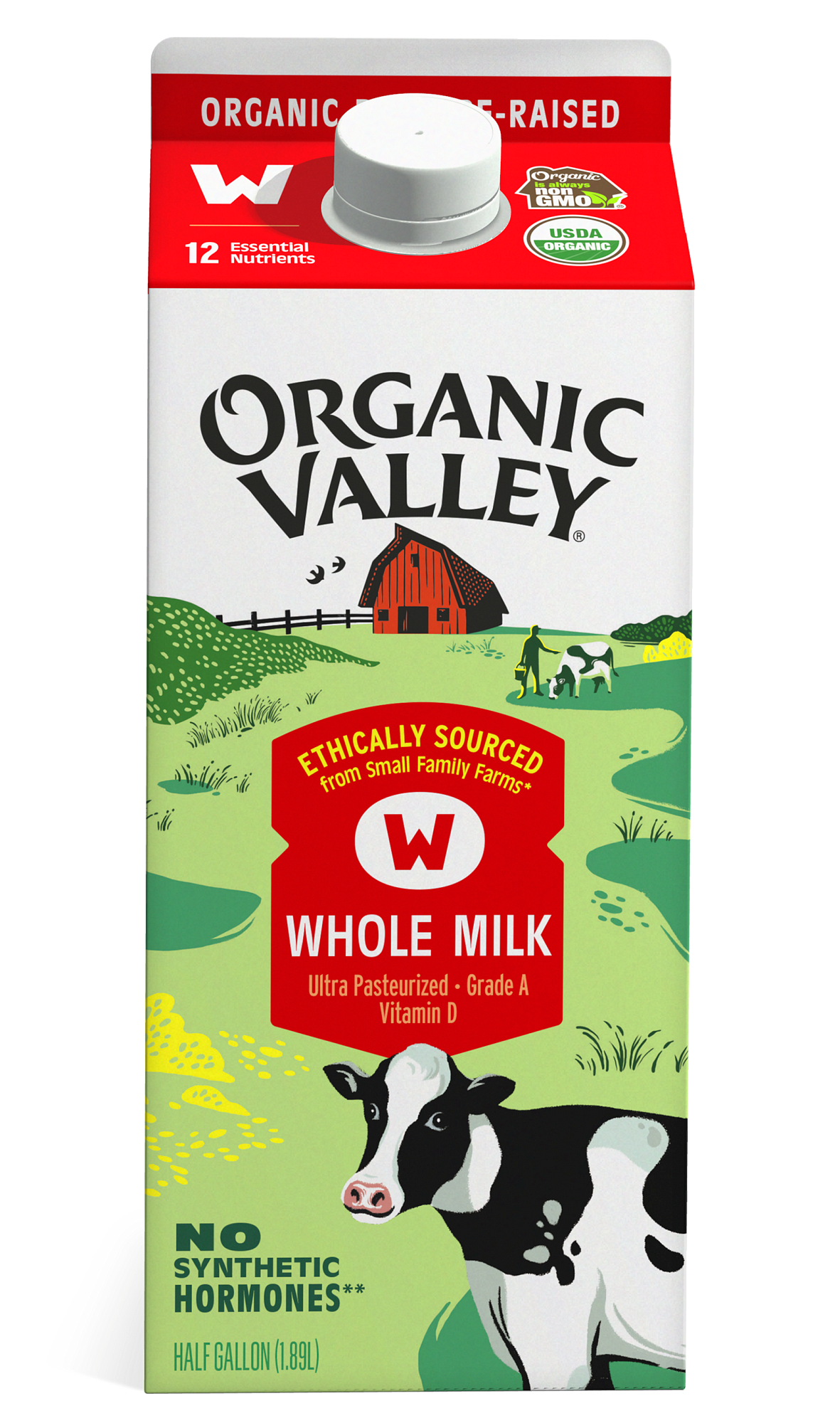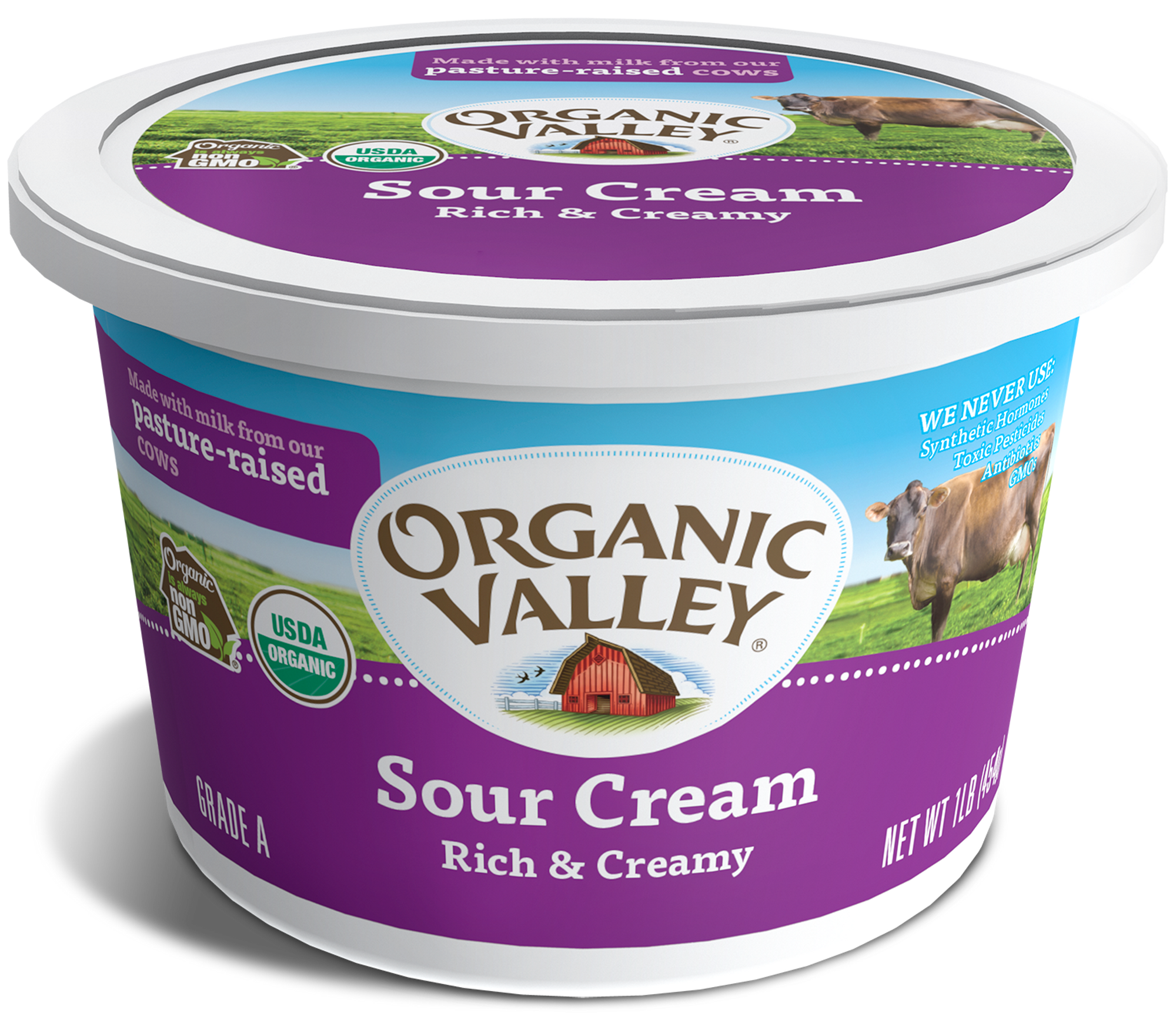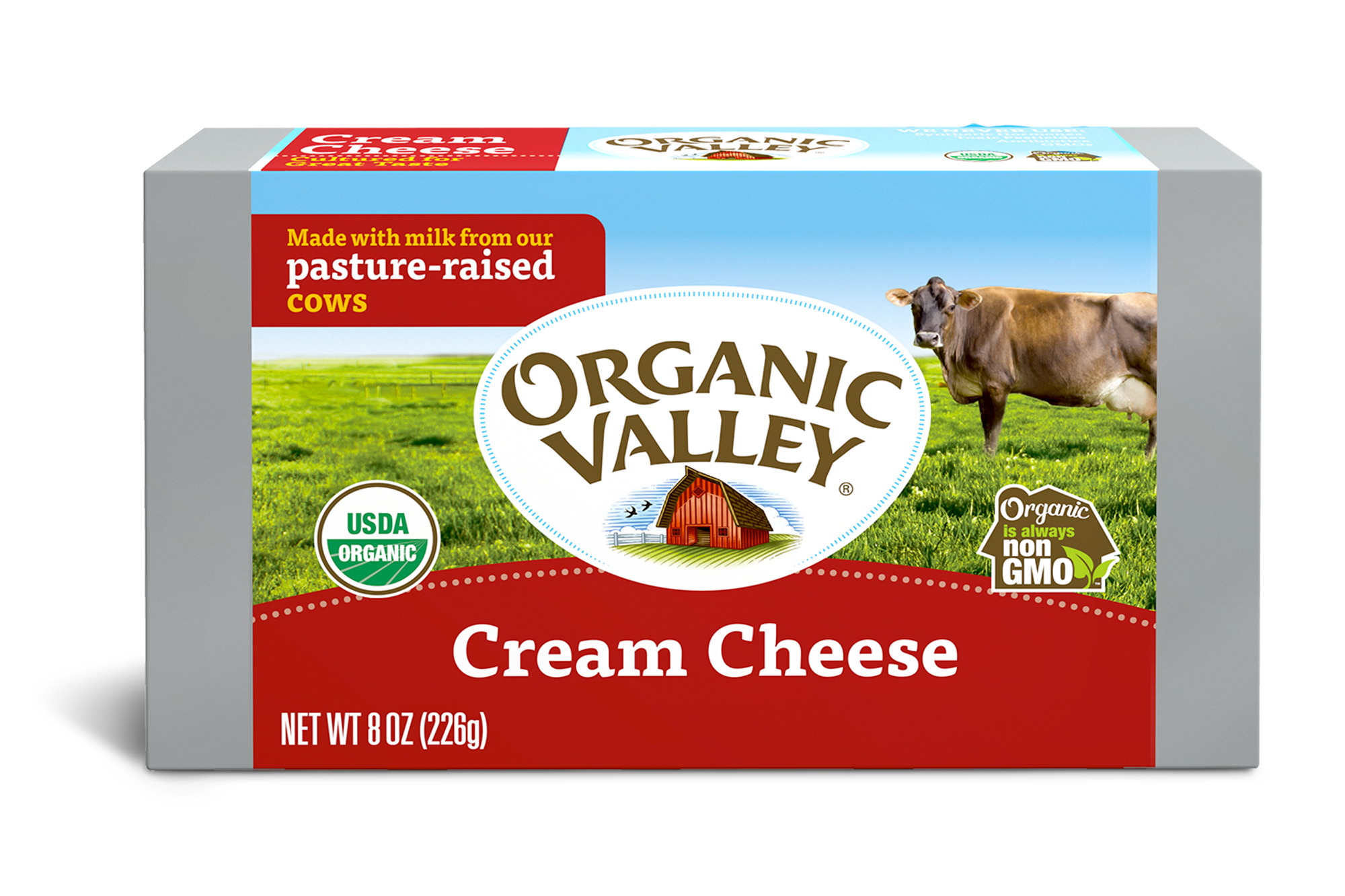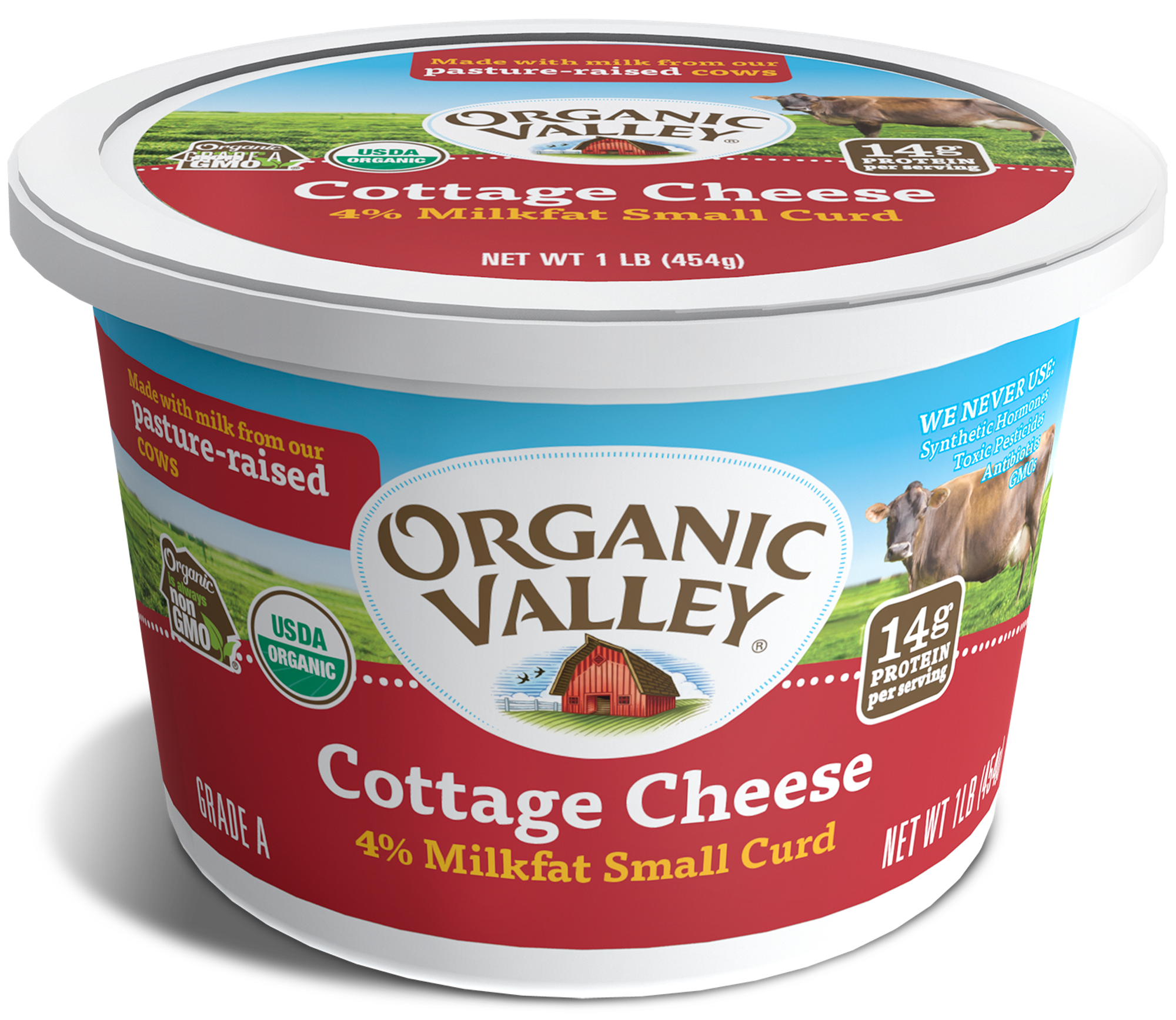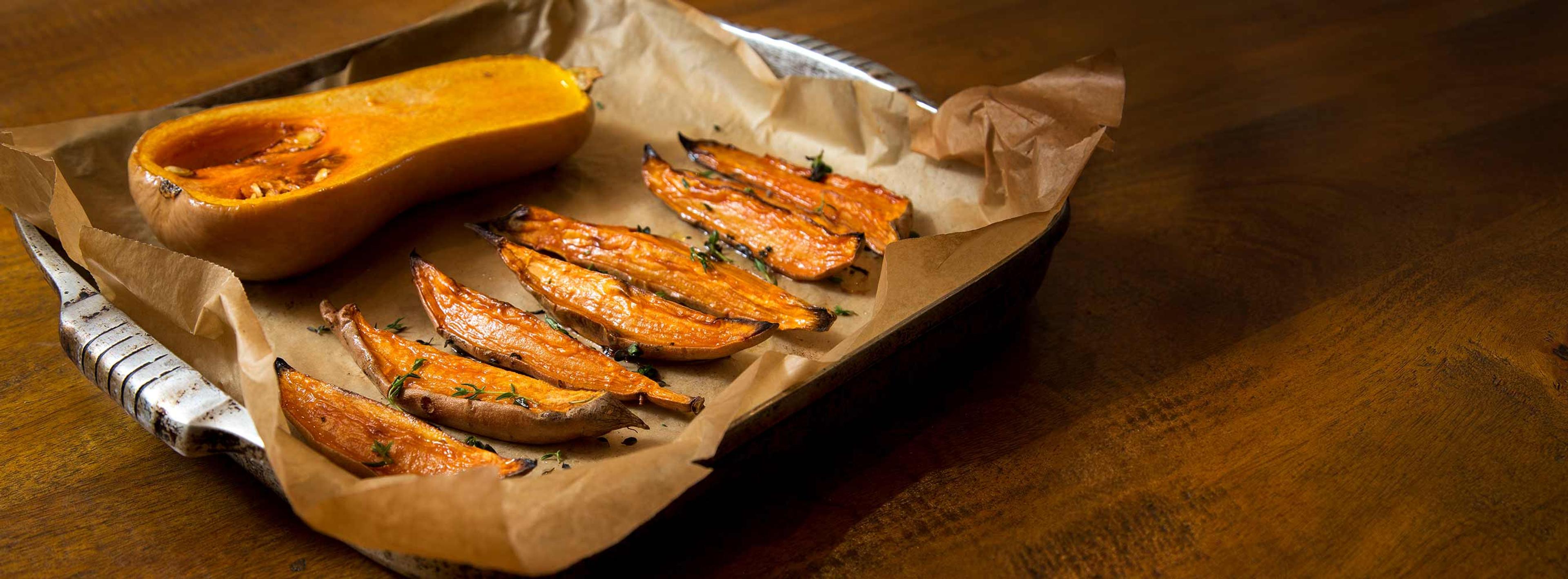
Food
Chef Mary Cleaver, NYC Farm to Table Pioneer
Rootstock Radio host Theresa Marquez has been acquainted with this week’s guest, Chef Mary Cleaver, for years through Cleaver’s catering of multiple Organic Valley events in New York City. But this is one of the few times the two have been able to sit down to chat about Mary’s path from restaurant dishwasher to “Pioneer Chef.”
And she is a “Pioneer Chef” if there ever was one. In the late 1970s, Mary was one of the first people to bring local foods into Manhattan and operate her businesses with a “triple bottom line” philosophy, which means considering People and out Planet as well as Profits in the business plan. For thirty-five years, Mary has been working behind the scenes and influencing New York City’s local food movement in quiet but profound ways.
Enjoy this week’s episode, and we hope you’ll visit Mary’s restaurants if you live in or are visiting NYC!
Welcome to Rootstock Radio. Join us as host Theresa Marquez talks to leaders from the Good Food movement about food, farming, and our global future. Rootstock Radio—propagating a healthy planet. Now, here’s host Theresa Marquez.
THERESA MARQUEZ: Today’s guest is chef Mary Cleaver, who is the founder, owner, and—I love this—chief forager for the Cleaver Company catering and The Green Table restaurant, located at Chelsea Market in New York City. Meet my friend, Mary Cleaver.
(1:01)
TM: Today, how fortunate and lucky I am to be interviewing Mary Cleaver, who actually lives in Brooklyn but has a wonderful little restaurant and catering company in the Chelsea Market. You know, you aren’t just someone who knows how to cook and feeds people wonderful, delicious, local, organic, and good food; it seems to me that you do so many things that embody what I call the Good Food Movement. So many people out there don’t know that when it comes to Manhattan and a lot of the great Good Food Movement here, putting farms, local farms to good food in the restaurants, you’ve been doing this for how many years? Has it been 30 years?
MARY CLEAVER: Yeah, well, it’s been a little more than that, actually. When I moved to New York it was the late 1970s, and I was really surprised to find that you couldn’t find local tomatoes in August in the marketplace of New York City. And I’m just old enough to have grown up with good food, so I went on a mission. Like, how do I do this? And it was just a very organic growth process for me, because I came to New York without a job. I needed one—I started washing dishes. I found cooking to be my most marketable skill, and I just worked my way into many different aspects of the food business, actually. I started working in a takeout shop, and then another takeout shop, and then I started catering parties for people that I’d met in the takeout shops, and it just kind of went on like that. I worked in a restaurant, I was a pastry chef at a restaurant. And then I worked for a group of executives in Midtown—I cooked lunches for four years for them. And that was my—
TM: Lucky executives!
MC: Yeah, it was sort of my bread-and-butter job, with benefits, while I…you know, I got so I could get the meal on the table in ten minutes. And then I was catering events in the evening and working in the restaurant, and just all kinds of things. I worked around different kitchens in New York, and built my first kitchen in a loft in Tribeca in 1981 that had been a refrigerated warehouse, 1,500 square feet, for Krinos Foods, Greek, so it smelled, when I first opened the door of the space, it just smelled like a sheep’s pasture. So, “Oh, this place is for me!” And I spent many hours chipping feta cheese off the floor, but, you know, scoured the Bowery and found equipment. And half of it was kitchen and half of it was bedroom, which was completely illegal. The Department of Health does not approve of that.
And after five years there it became clear that I needed a bigger space, so I conjured one up around the corner, which was really wonderful. It had been a restaurant that had gone out of business, in a little house on the corner of West Broadway and White Street in Tribeca, which was just a block from my home. And I knew that I wanted to have a family, and I couldn’t really do that with a food business in my house, and I couldn’t also do it if I lived far away from the business because the food business is so 24/7. So that all worked out.
TM: I know you said that it was your most marketable skill. But come on, you must love food.
MC: I love food. I love food. I always cooked for my family. It was kind of the role that I could play that was helpful.
TM: You mean like your mom and dad?
MC: Yeah, then relatives. My mom and dad had a house, a summer house, and my mother’s family would come to visit from Baltimore, in New England. We were in New England, in southeastern Massachusetts. So we’d have a houseful of 20 people, and as a teenager my job was cooking. And that kept me safe from a lot of things.
TM: From arguing with your relatives.
MC: Yeah, exactly!
TM: But imagine, I mean, at a young age, cooking for 20 people. So that probably didn’t scare you very much to go into the restaurant and—
MC: No, I just love feeding people. It’s very nurturing. And as I said, this was largely in southeastern Massachusetts, where the growing season is very long and the produce is wonderful, and the fish we would get from the dock, and the corn would be picked before dawn and we’d have it on the table in the evening. And so I just really learned about…I grew up eating farm product. And so again, when I moved to New York, I couldn’t understand why we didn’t have that here.
TM: Where’s the good food? It’s not that far away!
MC: Yeah, it’s not that far away, exactly. And there was a little market where I used to shop for my executives, and a lot of the people who worked there lived in New Jersey, and they would bring in, in the summer, baskets of tomatoes that they would sell from their farmers markets in New Jersey. But nobody was doing local distribution.
So I was in the catering and events business, really, from an early age in my career. And I had kind of debated restaurant, catering, and I thought, oh, catering’s more fun because it’s different all the time. Which indeed it is—every event is different.
TM: Depending on your customer and every event.
MC: Yeah, there are just, every place has a new set of problems and considerations. So it’s fun that way.
TM: You were saying “tomatoes really brought me into this,” and I certainly can understand that, the quest for the delicious, ripe tomato. If you’re a gardener out there, you all know what I’m talking about. But what was your evolution, getting to be an activist? You actually were a founder of the Farm to Chef Network; you’re on a board of the Food Systems Network. And just, you know, how did you evolve to this not just being a chef but really walking your talk in so many ways?
MC: Well, I just really thought that feeding people is about health and nurture. And the more I learned about the food supply, the more I learned about how unhealthy it was. And it was terrifying to me. And also, having children and wanting to make sure that they were well fed and didn’t have the disadvantage of starting out with poison in their system.
(8:06)
You know, for me it was really feeding, creating a healthy food supply for my clients, my children, the city, the world. I mean, there’s just—we need to do it. It’s insanity that we’re a population bent on poisoning ourselves. And Farm to Chef came into being because it’s actually kind of a story about September 11. When I moved my business at the Chelsea Market—that was in 1997 we opened there—and so it was Franklin Street, West Broadway, and then Chelsea Market, where we still are, right, the third kitchen. And when the Trade Towers fell, everybody in New York wanted to help. And people would wait in line at the Javits Center to be volunteers, and they wouldn’t need any more volunteers but people just stayed because they wanted to do something. People want to help—
TM: It’s awful to feel hopeless.
MC: —it’s part of human nature.
TM: Oh, that’s so nice to hear.
MC: And so we were fortunately asked by St. Paul’s Church to provide 200 dinners a night for them, for the rescue workers. And so it was a wonderful opportunity to…because immediately, after my kitchen became a commissary for food that was being brought in from all over the country, that was being donated, and we turned it into prepared foods and sent it out—
TM: That’s giving me chills.
MC: —through City Harvest was doing sort of the reverse thing, distributing prepared food. So at St. Paul’s we were able to contribute healthy food. And it was wonderful for me as a businessperson because nobody was entertaining and it helped keep my staff working. And so for nine months we prepared 200 dinners a night at cost for the Episcopal Church and delivered them down there. And through that work I was able to…I received a grant, through City Harvest again, which is an organization in New York that rescues food to feed people in need. And they were given grants by the National Beef Board and the National Pork Board, and they gave them to me to use for my work at St. Paul’s. And I said, “Well, how about if I use them with small producers in upstate New York?” And the response was, “As long as it’s beef and as long as it’s pork.”
So I had just met, at Greenmarkets early that month, a family of pork producers in Washington County, which is a four-hour drive north of New York City in the Hudson Valley. It’s the northernmost county in the Hudson Valley. And I called them up and I said—it’s called Flying Pigs Farm—I said, “How about, will you sell me $3,000 worth of pork?” And they were really just starting out, so it was a great help for them.
And we got to talking about how difficult it was to get local, particularly animal proteins, into the marketplace of New York City. Greenmarket had done by that point a brilliant job of supporting the regional farm and food economy with vegetable producers at Greenmarkets, but animal proteins were not. And animal producers can’t get off the farm. I mean, they have to care for their animals, and so they can’t get to the market.
And so this was the genesis of Farm to Chef, which was a distribution service. And we applied for a grant from the New York State Department of Ag and Markets, and they gave us one. And so we started a small program, largely with producers from Washington County. We had a coordinator who worked with the producers. We…well, it’s a long story—how much of it do you want to hear?
TM: Well, how about, you know, this other organization, Local Infrastructure for Local Agriculture? Is that related to the Farm to Chef work?
MC: I mean, yes and no. That was part of a…that was started by Glynwood, a subset of Glynwood. And I was asked by the then director of Glynwood, Judy LaBelle, to join the board. And I said, “Well, okay—what do you want me to do?” And she said, “You’ll find out!” So what had happened was Glynwood had purchased a modular harvesting system from California. They had been studying the problems with infrastructure in the Hudson Valley as relates to farming. The mission of Glynwood is to keep people farming. It’s a—
TM: A noble mission!
MC: It’s a not-for-profit in Cold Spring. It’s now run by a wonderful woman named Kathleen Frith. And Glynwood had been studying slaughter as being a real bottleneck for regional producers. And so they purchased this modular harvesting system with the hopes that we would be able to put it to use in the Hudson Valley and help alleviate the problem.
TM: And were you able to do that? I mean, I am very, very aware, and I think a lot of us were, in the Good Food Movement, know that farmers know how to—and especially small, midsize farmers—they know how to grow the food, and certainly the people in the city know how to cook the food. But the biggest problem, of course, is getting it from the farm to the restaurant—
MC: That’s right.
TM: —and at the right price. So the infrastructure around that, in almost every region in the country, is still struggling to try and figure out how to do that.
MC: That’s right. And we have made great strides in distribution. I moderated a panel last, I guess, November. Slow Food New York put on a Producers Summit at Hawthorne Valley Farm, and there were five people on my panel, all in the distribution business, who were all under 30. It was very exciting.
TM: Nice!
MC: We have this really growing movement and interest from the next generation to carry on the work that’s been begun, and that’s just… It’s so exciting. And we have—
TM: That’s so hopeful.
MC: Yeah, it’s very hopeful.
(15:30)
TM: So, you know, it’s exciting, though, that you’ve been really working hard on this infrastructure, because it is the weakness in the local food movement. I just am very interested in some of these other groups that I think that you’ve been involved in. The Chefs Collaborative is a national organization that really has one of the most lofty mission statements I think I’ve read. Can you give us some insights on the early years of Chefs Collaborative? It has really grown.
MC: It has really grown. The early days were…I remember Ellen Haas and Waldy Malouf were part of it. So it came out of D.C. initially, if I’m not mistaken, and now is a Boston-based organization and has done a great deal as a national movement to gather, to really help chefs understand their responsibility in the Good Food Movement. And as purchasers and nurturers, there’s—
TM: And trendsetters.
MC: —the connective tissue there. And yes, well, I mean chefs are now very admired. I mean, the career has… When I started cooking it was not necessarily a laudable career in this country, often enough.
TM: And now I know that the Chefs Collaborative has a very excellent set of sustainable seafood standards, for example. Do you think that they are bringing more awareness to the idea of sustainable food and how important it is?
MC: I definitely do, yes. And it was very exciting that the James Beard Foundation has also partnered a little bit with Chefs Collaborative and gotten involved in the Chefs
Boot Camp, where they take chefs to Glynwood, for example, and different places around the country to teach them—you know, take them to farms to see how the farm has [[did she mean “how the food is grown”?]] grown, teach them how to slaughter animals. And this is really an important…it’s really important.
Years ago, Hilary Baum and Ann Cooper put on a very controversial forum at the CIA, the Culinary Institute of America. And it’s taken years and years and years for the Culinary Institute to come round. But they are now beginning to be quite active in it, and recognizing the place that they are in and sourcing locally from Hudson Valley producers.
TM: I think that, you know, those of us who love food so much, and not just the fact that it’s delicious and fun and creative and so on, but that there’s another definition of quality that we all know those of us who love food have to adapt and understand. And you know—
MC: Yeah, the life-giving quality.
TM: Yeah, exactly, and the water-protection qualities, and the good-soil-building qualities, and the managing-pests-other-than-using-poison qualities.
MC: Yes, life-giving in the sense of it’s nurturing Mother Nature and making sure that we keep the topsoil on the earth, which is rapidly disappearing.
(19:29)
TM: And of course, this is International Year of the Soil. And probably, on that note, a good segue into talking a little bit more about the Hawthorne Valley Farm.
MC: I will, I’d love to do that. It’s a 400-acre farm in Columbia County. It’s about a two-and-a-half-hour drive from New York City. Hawthorne Valley Farm was one of the original Greenmarket producers, so—
TM: It’s been around awhile.
MC: —one of the original 13. It is a community that was started by a group of people who were very…they were teachers. They were teachers in the Steiner Waldorf—
TM: Yeah, if they’re biodynamic they’d be—
MC: The farm is biodynamic.
TM: They’d be anthroposophists.
MC: And they were very interested in connecting their students with place, with nature, with the farming principles of Rudolf Steiner. And so came to this, found this little hamlet in Harlemville and began a school and a farm there.
TM: A school and a farm.
MC: There’s a school and a farm and a store and a publishing company and an art program. There are many legs to the association. But it’s through the farm that I became involved. And there is a creamery where they make cheese and yogurt. And they’re growing grains for their animals and also for the bread that they’re baking in the store.
TM: You know, this kind of makes me wonder—it looks like you have been in this Good Food Movement, you’re a pioneer in it; you’ve been, really early on, seeing what the benefit would be of doing local and bringing it to the city, working on the infrastructure. You know, you’ve seen a lot of change, haven’t you, in the last 35 years? What do you think stands out for you as far as how things have changed in the last 35 years?
MC: Well, I think—and if we go back 50, 60 years when the food supply was much healthier, we’ve just gone way out into the land of unhealthy food with our corporate policies and our government policies that support the wrong kind of farming. We are now hopefully very much on the beginning to fully recognize the damage that we’ve done to the earth, the damage that we’ve done to our oceans, the damage that we’ve done to our population, to the health of our population, and are waking up to the reality of that. And I think it’s been very helpful to have Michelle Obama in the White House. I mean, when I saw her digging a garden on the White House lawn the tears ran down my cheeks. I mean, and because that’s just such a big, big change. So I think I’m very hopeful, very hopeful that the work is gaining momentum and that we are not going to look back. We do have to do a lot of work in Washington. We have to do a lot of work with our local politicians—
TM: We certainly do.
MC: —and our state politicians, and we must, we must pursue that. It’s so difficult, and it seems so thankless, but we mustn’t give up!
(23:54)
TM: You know, you’ve been doing this for a long time, Mary—over 35 years is what I think I’m hearing. And it seems like there’s just so much change that you’ve been seeing. Our health has changed a lot, the whole food system is shifting, and so on. What do you see in the future? What are the next big things that you think are going to come at us that we food lovers might be thinking about?
MC: Well, let’s see—that’s an interesting question. I think one of the things that motivates people is sometimes disaster. I think that the drought in California, I think that these extreme changes in weather, I think that the effects of a storm like Hurricane Sandy in New York are beginning to register. You know, the rates of obesity and un-health that we have are beginning to register in the larger census. And so I’m hopeful that we will begin to really focus on new forms of renewable energy that can help quell some of the destruction of the earth that the natural gas fracking is creating and that our oil-hungry world is creating.
TM: And do you—I mean, I’m asking you this but I’m also kind of asking all of the listeners this too, is what are ways that we can still not filter out and put our head in the sand on all these things that are coming at us? Because I see a lot of that going on right now. You used the term “wake up.” How can we stay awake and see the things that are kind of tough to look at, and at the same time still keep working for change and feeling hopeful?
MC: Well, I mean, it does—it’s a reason to get up in the morning, you know, to see if you can make the world a better place. And so that’s just part of living. I think people do really want to help. And we do need to understand that how we spend our money is going to effect change, particularly in a capitalist society, which we are, and that it’s important to direct your funds towards health, towards health of the earth and the body. And that’s what, as chefs and through the chefs movement, we can really…chefs can participate in the Good Food Movement that way, as we were discussing earlier. But anybody can.
And the argument that healthy food is more expensive has just got to change. We have to change that in Washington, we have to change the Farm Bill, we have to change the policies that support unhealthy food, and begin getting around to supporting a healthy food supply, which will then in turn help our earth be healthier and our water and our air and our bodies. And you just have to read the ingredients and know where your food comes from and ask at your grocery store, and go to the farmers market, and really be conscious of it. If you’re going to eat meat, make sure you know how that meat was raised and slaughtered. And you’ve got to take care of yourself, and that in turn will help take care of everybody else.
TM: Know thy food!
MC: Know thy food, know thy food.
TM: Mary, what a pleasure, talking with you today.
MC: Oh, Theresa, thank you for having me. I’m so honored to be here. It really is very kind of you to seek me out.
TM: Yeah, I just, you know, I have a daughter, and I’m going to be sure to say, “Yeah, Mary Cleaver—another beautiful role model for all of the young people out there.” Thank you so much.
MC: The Snailblazer, yeah.
TM: The Snailblazer! Wonderful. Thank you, Mary.
MC: Thank you, Theresa. Thanks for having me.
(28:33)
TM: I am always inspired by Mary Cleaver. She has a longstanding conviction that the best foods come from near your table, and by her quiet leadership for so many years. Thank you so much for joining me, Mary.
Rootstock Radio is brought to you by Organic Valley Family of Farms.
